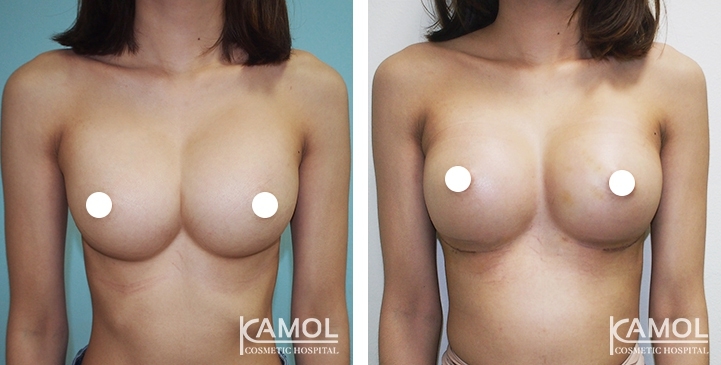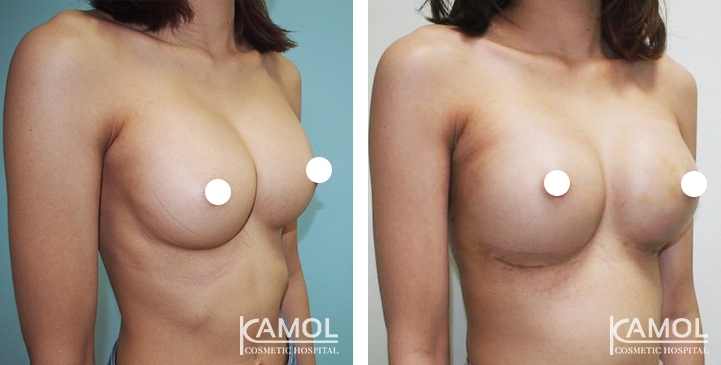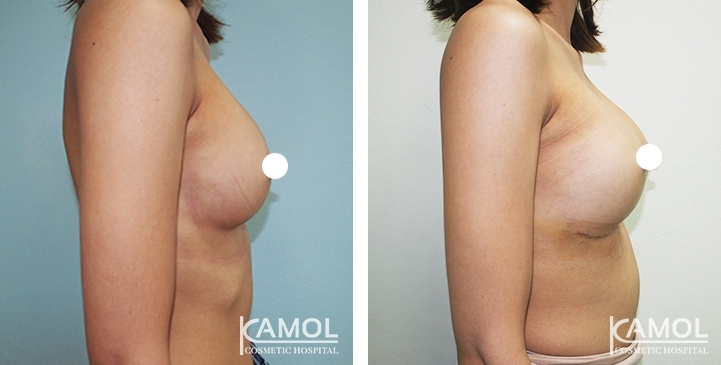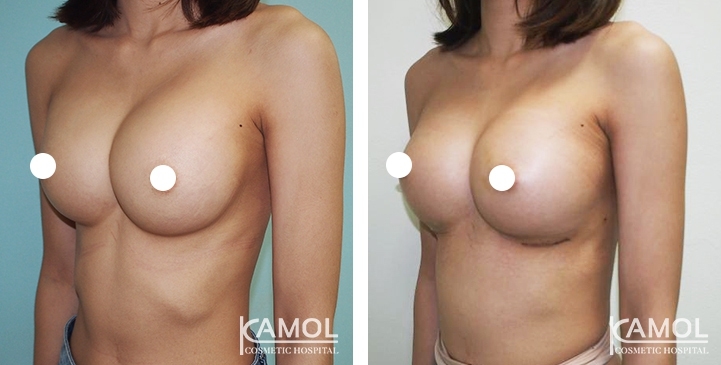What is Symmastia and how can it be treated?
Symmastia, also known as "synmastia" or "uniboob," is a rare condition where the breast tissue and skin of the chest wall merge, creating a continuous area of breast tissue across the midline of the chest. This can give the appearance of a single breast, rather than two distinct breasts.
The condition can occur as a complication of breast augmentation surgery, particularly when the implant pockets are not properly placed or if the implant pockets are placed too close together. It can also happen as a result of a congenital abnormality, such as Poland's syndrome, where there is underdevelopment or absence of breast tissue on one side of the chest.
Treatment options for symmastia include revision surgery, which can involve the use of a dermal matrix or acellular dermal matrix to create a new implant pocket or the repositioning of the existing implants. In some cases, the removal of the implant or a reduction in size may be necessary.
It is important to consult with a board-certified plastic surgeon who has experience with this condition. The surgeon will evaluate the individual case, and recommend the appropriate treatment plan. The surgeon will also advise the patient on the risks and benefits of different treatment options, and the recovery time and potential complications associated with the procedure.
It's worth mentioning that Symmastia is a rare condition, but when it happens, it can be a challenging condition to treat, and it's important to have a skilled and experienced surgeon who can properly diagnose and correct the issue. Also, a realistic expectation from the patient and clear communication with the surgeon is important for a successful outcome.
Before and After Reconstruction surgery to fix symmastia uniboob





